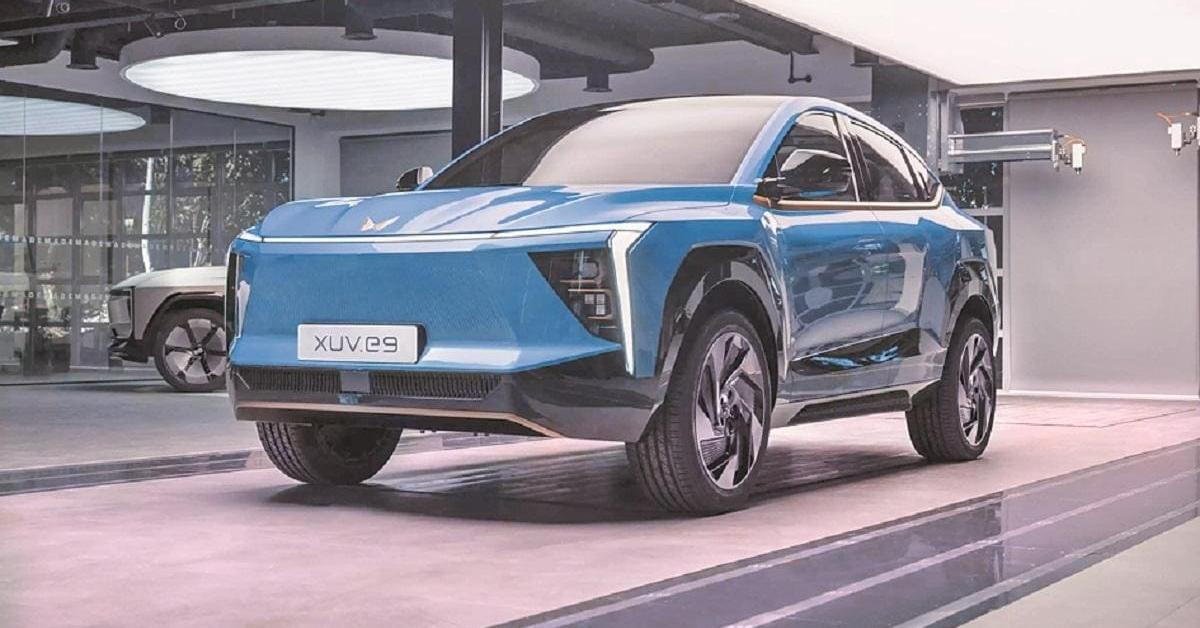In the world of automotive finance, buying a car outright isn’t the only option. Car leasing has gained popularity over the years as an alternative, offering flexibility and potentially significant savings. One might wonder: can leasing really save you money in the long run? Let’s delve into the details and find out.
Understanding Car Leasing
Car leasing operates on a simple premise: instead of owning the vehicle outright, you essentially rent it for a specified period, typically two to four years. During this time, you make monthly payments, often lower than what you would pay for a loan on the same vehicle. At the end of the lease, you return the car, potentially leasing a new one or purchasing the leased vehicle at its residual value.
Lower Monthly Payments
One of the primary attractions of leasing is the lower monthly payments compared to financing a purchase. This is because you’re only paying for the vehicle’s depreciation over the lease term, rather than its full value. For example, a Tesla Model 3 lease or a Kia Niro lease might have significantly lower monthly payments than a loan for the same vehicles.
Minimal Down Payment
Additionally, leasing typically requires a lower down payment compared to purchasing. This can free up your cash flow for other investments or expenses. With a lower initial financial commitment, leasing becomes a more accessible option for many consumers.
Warranty Coverage
Another advantage of leasing is the vehicle is usually under warranty for the duration of the lease. This means you’re covered for most repairs and maintenance costs during the lease term, reducing the risk of unexpected expenses.
Avoiding Depreciation Costs
One of the most significant benefits of leasing is avoiding the depreciation costs that come with vehicle ownership. New cars can lose a significant portion of their value in the first few years, but as a lessee, you don’t have to worry about this loss in value. This can result in substantial savings over the long run, especially if you tend to trade in or sell your cars frequently.
Flexibility to Upgrade
Leasing provides the flexibility to upgrade to a new vehicle more frequently than purchasing. If you enjoy driving the latest models with updated features, leasing allows you to do so without the hassle of selling or trading in your current vehicle. For example, if you’re interested in the latest electric vehicles, like the Tesla Model 3 or the Kia Niro EV, leasing enables you to experience these cutting-edge technologies without a long-term commitment.
Tax Benefits for Businesses
For business owners, leasing can offer tax advantages. Lease payments are often deductible as a business expense, providing potential tax savings. Additionally, leasing allows businesses to avoid tying up capital in depreciating assets, freeing up funds for other business needs.
Potential Drawbacks
While car leasing offers numerous benefits, it’s essential to consider potential drawbacks. Mileage restrictions, excess wear and tear charges, and limitations on vehicle modifications are common lease terms that can affect your overall cost and experience. It’s crucial to thoroughly review and understand the lease agreement before signing to avoid any surprises.
Eco-Friendly Options
In addition to the financial benefits, leasing can also align with environmental values. With the rise of electric vehicles (EVs) like the Tesla Model 3 and hybrid options like the Kia Niro, leasing allows consumers to access eco-friendly transportation without the commitment of long-term ownership. As technology advances and more electric and hybrid models become available, leasing provides an avenue for individuals to support sustainable mobility solutions while enjoying the latest innovations in automotive technology.
Lease-End Options
At the end of the lease term, you have several options to consider. You can choose to return the vehicle and lease a new one, extending your lease term, or purchase the vehicle at its residual value. If you’ve grown attached to the car or if its value has exceeded the residual value, purchasing the vehicle can be a cost-effective option. Alternatively, if you’re ready for a change, returning the vehicle and leasing a new one allows you to explore different models or upgrade to the latest features and technologies. Evaluating these options based on your current needs and future plans can help you make the best decision at the end of your lease term.
Conclusion
In conclusion, leasing a car, whether it’s a Tesla Model 3 lease or a Kia Niro lease, can indeed save you money in the long run. With lower monthly payments, minimal down payment requirements, warranty coverage, and the ability to avoid depreciation costs, leasing offers an attractive alternative to traditional car ownership. Additionally, the flexibility to upgrade to newer models more frequently and potential tax benefits for businesses further enhance the appeal of leasing. However, it’s essential to weigh the potential drawbacks and carefully evaluate your individual needs and circumstances before deciding if leasing is the right choice for you. Ultimately, by understanding the nuances of car leasing and considering your long-term financial goals, you can make an informed decision that best suits your needs and budget.

